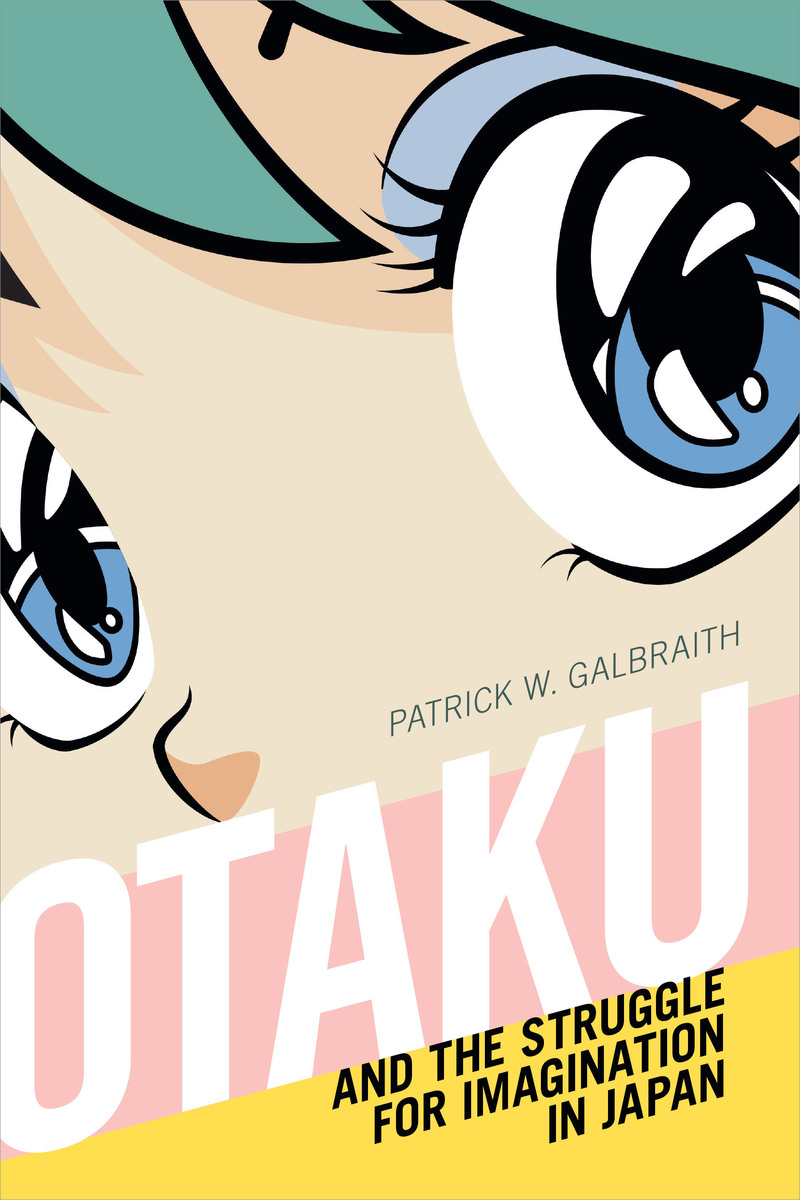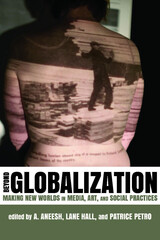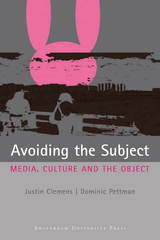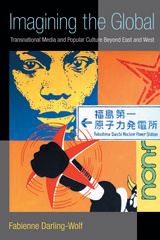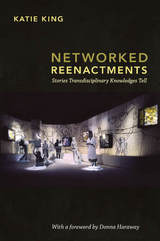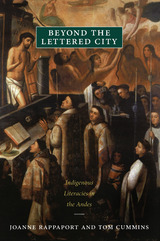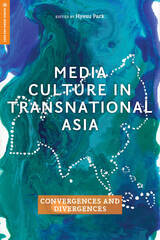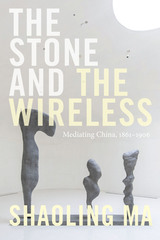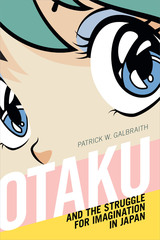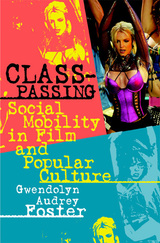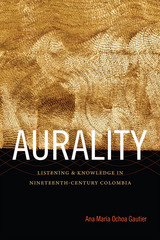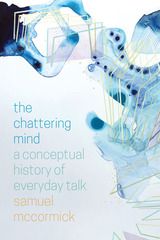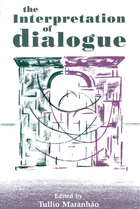Otaku and the Struggle for Imagination in Japan
Duke University Press, 2019
Cloth: 978-1-4780-0509-4 | eISBN: 978-1-4780-0701-2 | Paper: 978-1-4780-0629-9
Library of Congress Classification P94.65.J3G353 2019
See other books on: Animated films | Comics & Graphic Novels | Fans (Persons) | Manga | Mass media and culture
See other titles from Duke University Press
Cloth: 978-1-4780-0509-4 | eISBN: 978-1-4780-0701-2 | Paper: 978-1-4780-0629-9
Library of Congress Classification P94.65.J3G353 2019
ABOUT THIS BOOK | AUTHOR BIOGRAPHY | REVIEWS | TOC | REQUEST ACCESSIBLE FILE
ABOUT THIS BOOK
From computer games to figurines and maid cafes, men called “otaku” develop intense fan relationships with “cute girl” characters from manga, anime, and related media and material in contemporary Japan. While much of the Japanese public considers the forms of character love associated with “otaku” to be weird and perverse, the Japanese government has endeavored to incorporate “otaku” culture into its branding of “Cool Japan.” In Otaku and the Struggle for Imagination in Japan, Patrick W. Galbraith explores the conflicting meanings of “otaku” culture and its significance to Japanese popular culture, masculinity, and the nation. Tracing the history of “otaku” and “cute girl” characters from their origins in the 1970s to his recent fieldwork in Akihabara, Tokyo (“the Holy Land of Otaku”), Galbraith contends that the discourse surrounding “otaku” reveals tensions around contested notions of gender, sexuality, and ways of imagining the nation that extend far beyond Japan. At the same time, in their relationships with characters and one another, “otaku” are imagining and creating alternative social worlds.
See other books on: Animated films | Comics & Graphic Novels | Fans (Persons) | Manga | Mass media and culture
See other titles from Duke University Press
